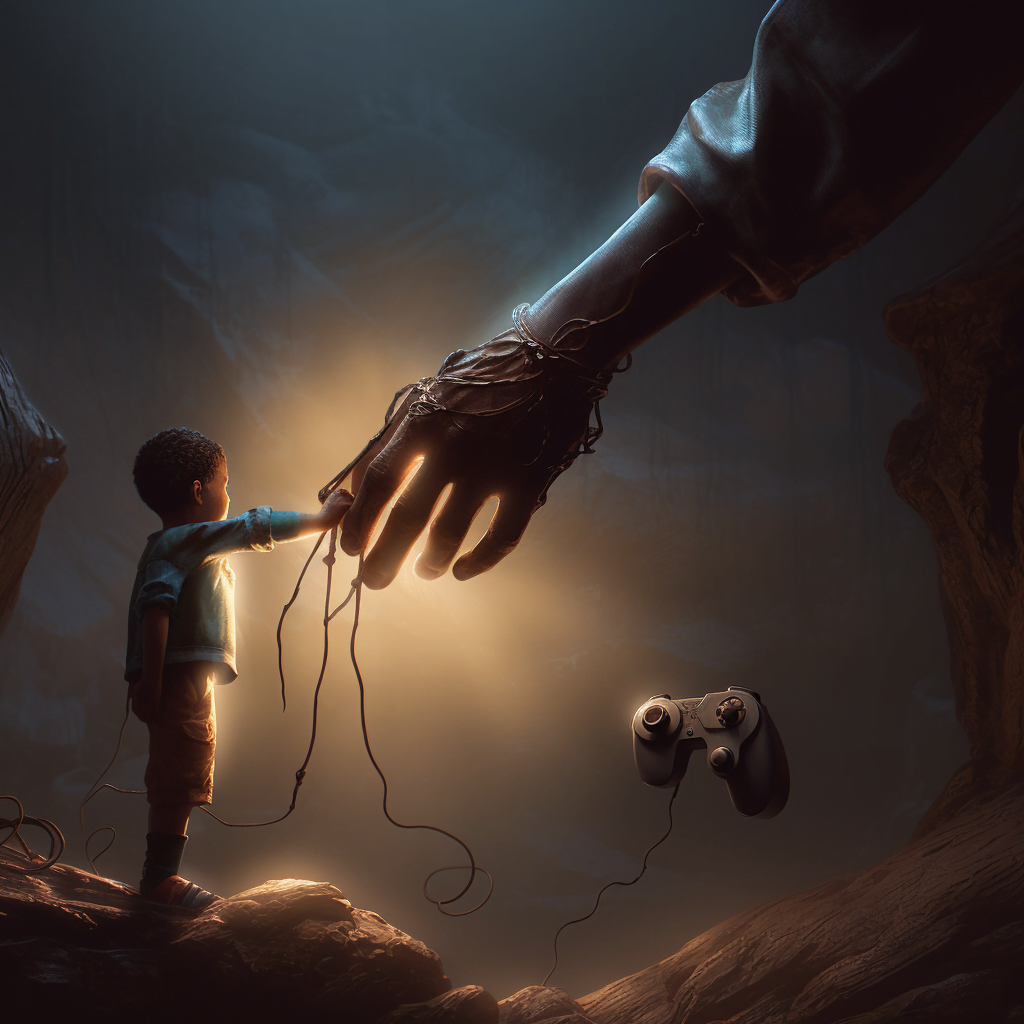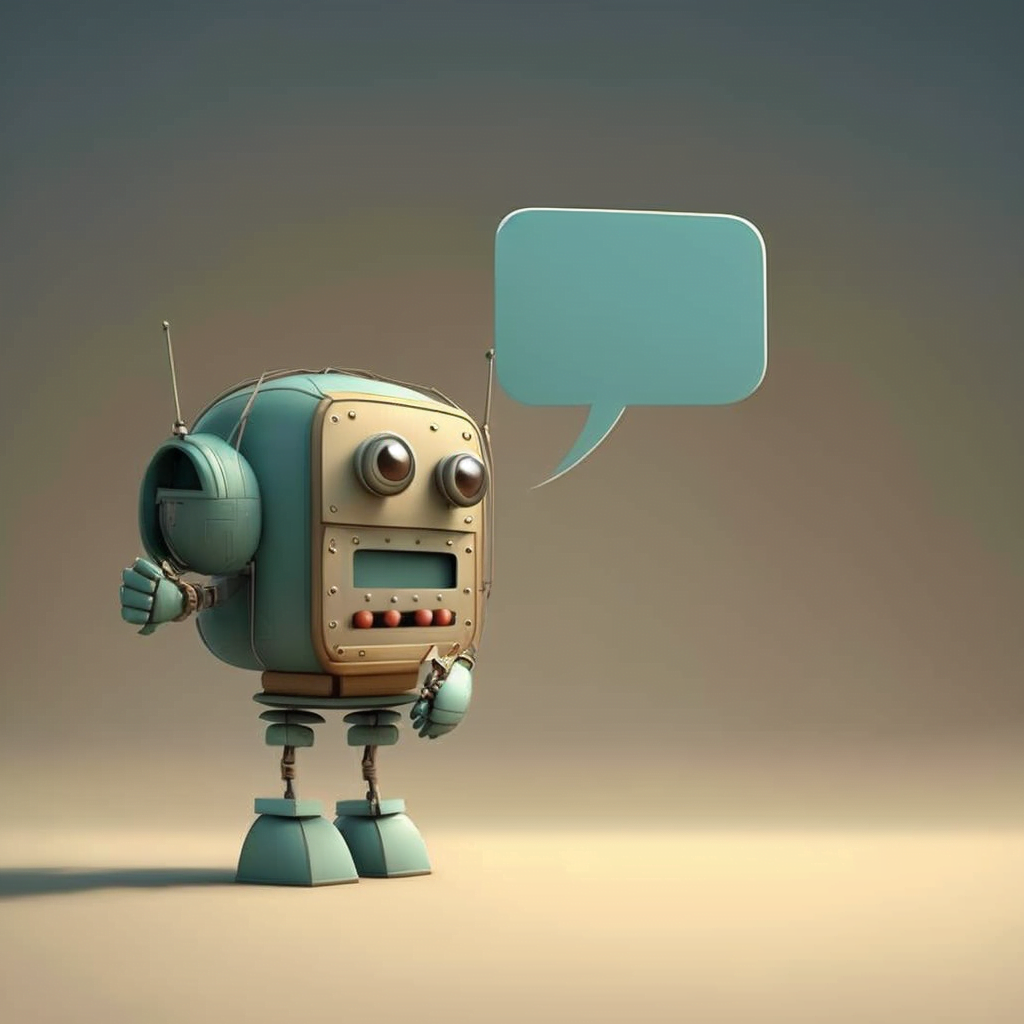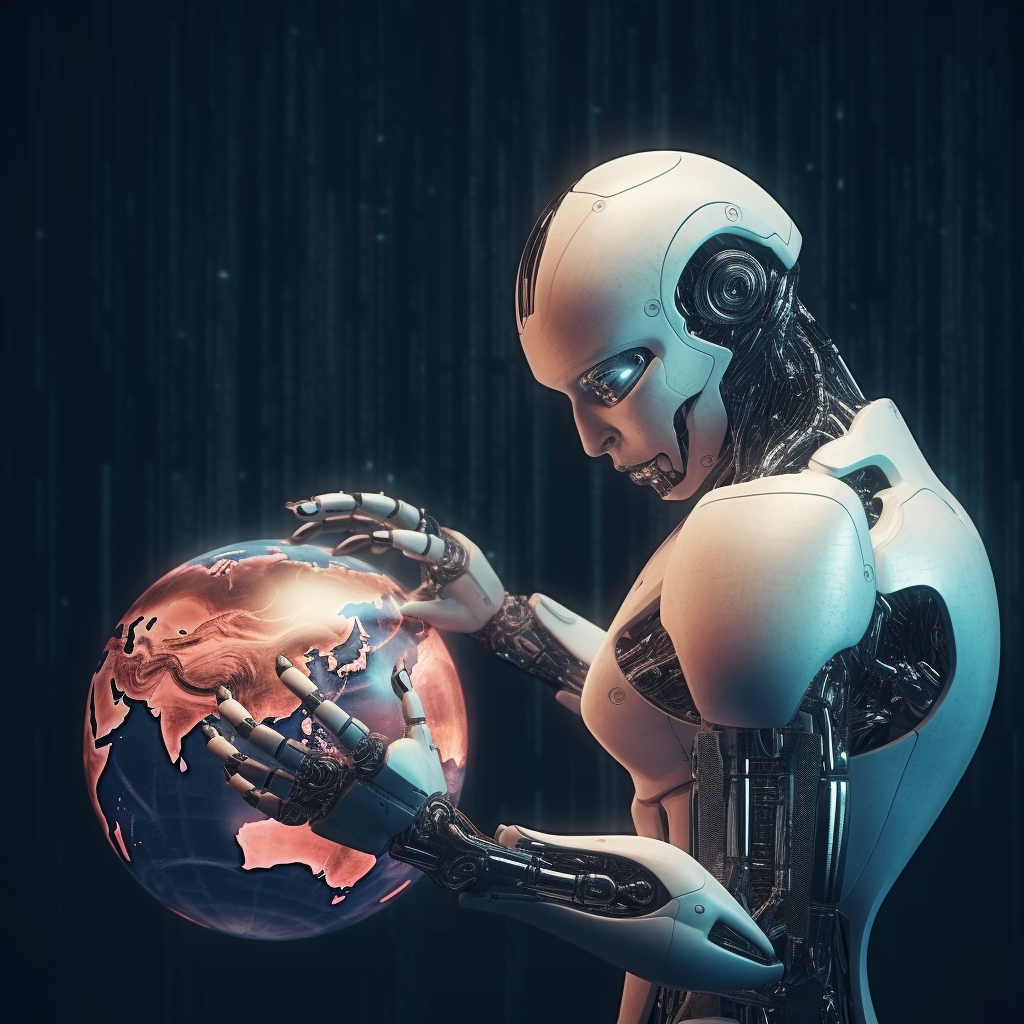
Once upon a time, in a city bustling with technology, there lived a child named Sam. Sam was a curious and intelligent kid who loved video games. Every day after school, he would run home to play his favorite game, “Mission Impossible.”
But there was one level, the notorious Level 6, which Sam could never crack.
Despite his numerous attempts, he kept falling into the same traps, losing to the same enemies. Sam was determined, however. He started observing his older brother’s gaming strategies over and over and over again, and he quickly began to improve.
Eventually, after countless hours of trial and error, Sam was finally able to beat Level 6!
This story of Sam is a simplified analogy for the concept of Reinforcement Learning From Human Feedback (RLHF).
Now let’s delve deeper into RLHF, what it is, and how it works, shall we?
What is Reinforcement Learning from Human Feedback?
Reinforcement Learning (RL) is a type of machine learning where an agent, like our young Sam, learns to make decisions by interacting with an environment, just like the video game.
The agent takes actions, like moving forward, jumping, or firing, and for each action, it gets a reward or penalty, like earning points or losing a life. Over time, the agent learns to take the actions that will maximize its reward – this is the essence of RL.
But what happens when the environment is complicated, and the right actions are not so obvious?
That’s where Human Feedback (HF) comes in. Just like Sam learned from his brother, an RL agent can learn from observing human actions and decisions. This is the “Human Feedback” in RLHF.
RLHF combines these two aspects.
The agent not only learns from the rewards and penalties it gets from the environment, but also from the feedback provided by humans. This combination allows the agent to learn more efficiently and effectively, especially in complex environments.
The Training Process of RLHF
The training process in RLHF, at least at a glance, is pretty simple. It only involves three core steps:
- Pretraining a language model (LM): The starting point for RLHF is a language model that has already been pre-trained, such as a smaller version of ChatGPT-3 or other transformer models. This model can be fine-tuned on additional text or conditions, but it doesn’t necessarily need to be.
- Generating a reward model: This step involves creating a model that is calibrated with human preferences. The goal is to have a model that takes in a sequence of text and returns a reward, which should numerically represent human preference. The training dataset of prompt-generation pairs for the reward model is generated by sampling a set of prompts from a predefined dataset. Human annotators are then used to rank the generated text outputs from the language model.
- Fine-tuning the LM with reinforcement learning: This is the final step of RLHF training where the language model is fine-tuned based on the rewards or feedback from the reward model.
The Benefits of RLHF
There are several advantages that Reinforcement Learning from Human Feedback brings to the field of artificial intelligence. First, it combines the adaptability and resilience of reinforcement learning with the nuanced understanding of humans, bridging the gap between machine and human learning.
This combination allows RLHF to tackle complex problems that might be hard for a purely reinforcement learning model to solve. By incorporating human feedback, the learning model can consider the nuances, ethics, and subjective preferences that are often ignored by traditional machine learning techniques.
In addition, RLHF provides an opportunity for continual learning and improvement. Since human feedback can be continuously incorporated into the model, the AI can adapt and refine its strategies over time. This iterative learning process helps the AI model to keep up with the evolving human expectations and the dynamic nature of the environment.
Applications of RLHF
Reinforcement Learning from Human Feedback finds its application in numerous domains, ranging from gaming, as in our analogy with Sam, to more complex real-world problems.
In gaming, RLHF can be used to develop highly intelligent gaming agents that can challenge even the best human players. They can learn from human gameplay, strategies, and decisions, continually refining their own strategies in the process.
In autonomous vehicles, RLHF can help in making these systems safer and more efficient. By learning from human driving behavior and feedback, autonomous vehicles can be taught to drive more like humans, which can be especially useful in complex and unpredictable real-world traffic conditions.
RLHF also finds application in robotics, where it can be used to teach robots complex tasks by providing them with human feedback. This can range from simple household chores to highly specialized tasks in industries like healthcare and manufacturing.
The Future of RLHF
The future of Reinforcement Learning from Human Feedback is promising. As we continue to develop more sophisticated AI models and our understanding of human cognition deepens, the potential of RLHF to create truly intelligent, responsive, and adaptable AI is becoming more apparent.
One of the most exciting prospects is the possibility of developing AI systems that are not only highly intelligent but also understand and respect human values and preferences. Such systems can lead to breakthroughs in various fields, such as healthcare, education, entertainment, and many, many others.
However, it’s important to note that while RLHF presents vast opportunities, it also poses some challenges and risks, such as ensuring the accuracy of human feedback and managing potential biases in the learning process.
As we look forward, the key will be to continue refining and expanding our approaches to RLHF, ensuring that we are not only advancing the state of AI, but also doing so in a manner that is responsible, ethical, and beneficial for all of humanity.
In essence, the journey of RLHF is just beginning, and we, like our young gamer Sam, are learning, adapting, and overcoming challenges in our quest to master this fascinating technology.




